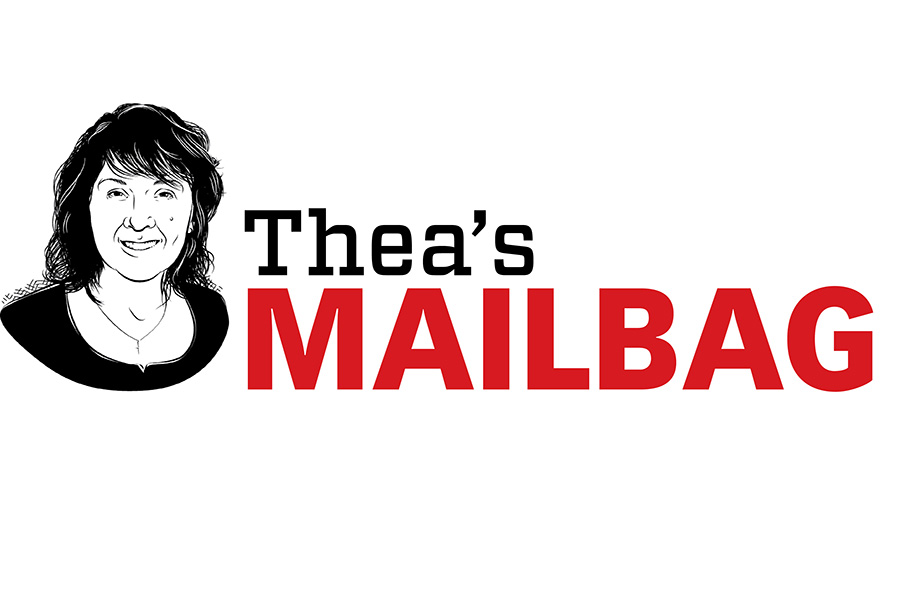Credit guru Thea Dudley has spent more than 30 years in LBM credit management. Now she’s here to answer your credit and collection questions. Got a question for her mailbag? Contact Thea at theadudley@charter.net
Dear Thea,
Payment terms seem to be an endless conversation in my company. Everyone claims they understand them but then I find myself constantly explaining them- often to the same sales and management people. Can you please explain payment terms in an easy to understand guide I can pin to my door and save myself this endless conversation.
Signed, Terminally Explained-Out in Tennessee
Dear Terminal,
Take heart my explained-out friend, you are not alone! I think every credit manager I know has this issue. I have explained payment terms to sales reps, accountants, CFOs, CEOs, and customers so many times it has begun to sound like a Dr. Suess book: “Would you, could you, pay in 10 days? Would you, could you with a prox? If you would, please check this box.” (Both my kids begged me not to include this home-grown rhyme, but I would not be stopped, no not this time.)
Let’s hit the top five terms shall we? Almost all terms that come after these five are just some creative variation or bastardized version of the originals.
- CIA (Cash in Advance): Can’t get much clearer. Money up front or no shingle, drywall, insulation, door, window, or anything else that can go on a project is coming your way.
- COD (Cash on Delivery): If our truck rolls up and you have no check, we aren’t unloading.
- Net XX Days (usually 30, 60, and heaven help us 90 or beyond): Payment is due XX calendar days from the date of the invoice.
- Prox. term: Payment is due on a specific day of the month. If the term is 25th Prox, then payment is due on the 25th of the month.
- Prox term with a cutoff date: Payment is due on specific day of the month, with a cutoff date that allows the due date to roll into the next month. An invoice with a 10th prox term with a 25th invoice cutoff dated 6/24 will be due 7/10. If the invoice is dated 6/26 it will be due 8/10.
Bonus term: Discount can be added to any of the above, just to shake it up a bit.
Everyone claims they understand payment terms for the same reason that people don’t ask questions in groups or seminar sessions: no one wants to appear stupid. They all assume they are the only person who doesn’t understand and do not want to appear to a group of their peers or new acquaintances to be the straggler.
Payment terms can be an excellent sales tool, if they are explained on how to use them to their advantage. Ever hear the expression, “Give a man a fish and he will eat for a day, teach a man to fish and he will eat for a lifetime?” Same theory with sales reps and payment terms. Teach a sales rep how to sell payment terms to the customer and you both may have a customer for life.
I personally hate day terms. It is completely unrealistic to believe that a customer will stay current with these terms. If they purchase from you several times a week, they will need to be cutting checks several times a week after the “days to pay” to remain “current” with you. Why do we set the customer up to fail with these terms?
I can hear the clamor of sales voices stating the obvious: “That’s what the customer wanted.” It may be want the customer asked for, but is it the best you can do for the customer? If you do a little show and tell as to how a prox term can help them, doesn’t that make you a better partner for their business? Are you, as a sales person, doing what is easy or what would be more advantageous to your customer?
Most payables people cut checks on certain days of the month. Having a monthly due date vs. a daily due date that causes checks to be cut weekly or more is a hassle. Believe it or not, payable folks have more to do then just cut checks everyday. If they have to reconcile, input, and pay a supplier’s invoice going by day terms, in addition to their other responsibilities, it can turn into a pain. Why not make it easy for everyone and give a fixed monthly date?
Prox terms with a cutoff date also give the customer the advantage of extra days to pay, if they do a little planning. If the cutoff date for invoices is end of month and the term is 10th Prox, it affords the customer 40 days to pay, if the cut off is the 25th with a 10th prox, BAM! 45 days. Now it does go the other way as well. It takes a little strategery (thought I would through in some G.W. Bush-ism to go with my Suess).
In the end, the customer may still want those day terms. You are presenting them with options and explaining the options to allow them to make an informed decision, just like you would any other product you sell them. You are being a better partner. This goes with preliminary lien notices and joint checks. It is all in the presentation and explaining to the customer what is in it for them–what are the benefits to help them with their business.
So my dear Terminal that is the end of my tale, but I leave you with this little thought from Dr. Seuss for the trail: “You have to be smart and keep watching their feet. Because sometimes they stand on their tiptoes and cheat.”

